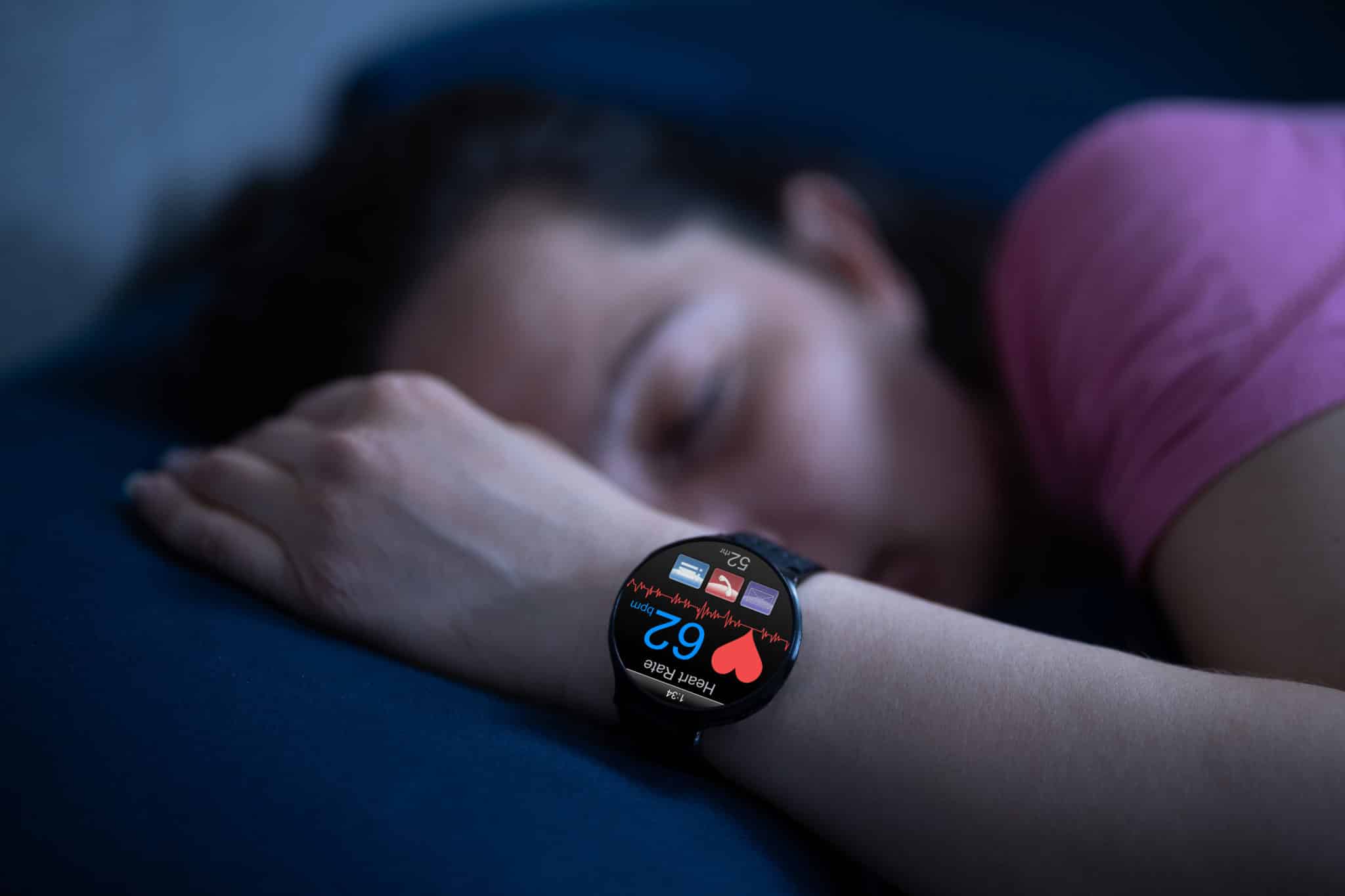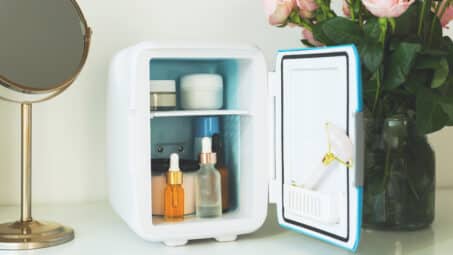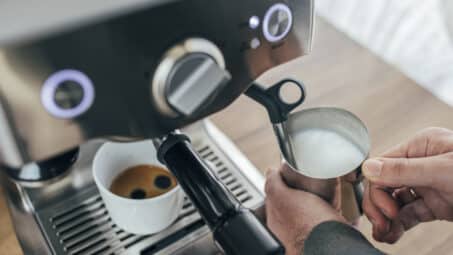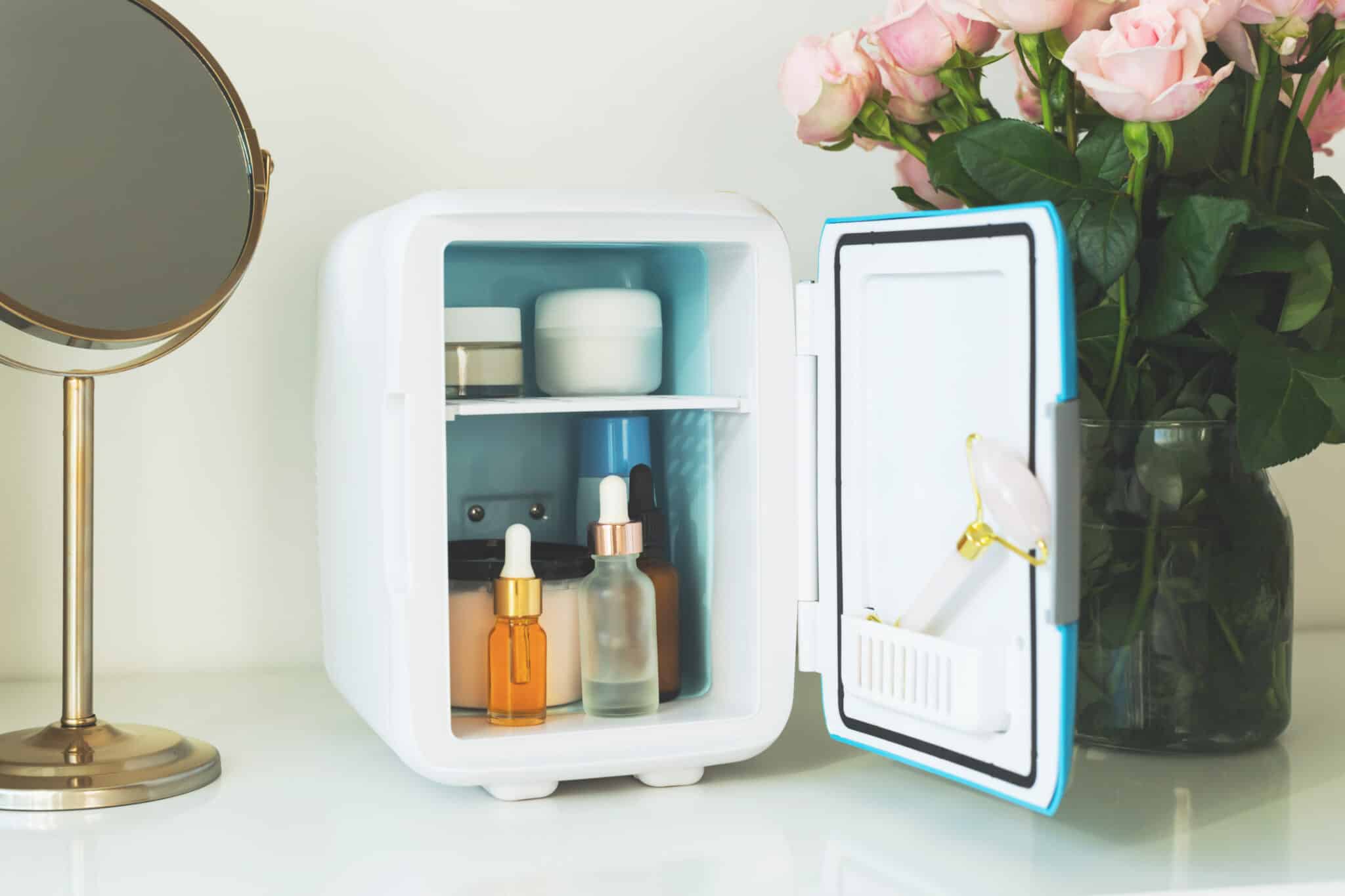Even though we spend a third of our lives in bed, sleep remains a mystery for many people. Do you ever wake up tired and struggle to understand why? Fortunately a sleep tracker can help you gain insight into your sleep patterns and help you workout why you don’t wake up refreshed in the morning.
But how can you use your sleep tracker to get better sleep? We’ve got some tips and tricks to help you choose which kind of sleep tracker is right for you and the best way to use it.
Different Types of Sleep Trackers Explained
Sleep trackers look at your sleep and wake cycles to help determine sleep quality on any given night.
There are three main types of sleep trackers:
- Smartphone apps
- Wearables
- Dedicated sleep trackers
The idea is to cross-reference the data they provide with other patterns like:
- Mood
- Diet
- Exercise
Then, you can start to troubleshoot your routines and figure out which are impacting your sleep. Maybe certain foods or alcoholic drinks contribute to a bad night’s sleep. Or maybe the later-in-the-day workout sessions are keeping you up at night. It’s important to look at your lifestyle holistically along with the data from your sleep tracker to get a true picture of what’s going on.
Once you know you’re ready to start tracking your sleep, the next step is to choose the kind of sleep tracker you want. Here’s a little more info on the three different types of sleep trackers:
Track Sleep Using Your Smartphone
Smartphone apps generally determine sleep quality by tracking your movements and ambient sounds like snoring. Many apps have the following features to help you know the factors influencing your sleep:
- Smart alarm capabilities
- Sleep insights
- Digital logs
The downside is that you have to start and stop sleep sessions rather than letting the apps run. But here are a few sleep app options if you’re not quite ready to commit to a wearable.
The Sleep Cycle app for iPhone and Android helps you track your sleep and determine the best wake-up window. It also features an extensive sound library to calm and relax your body as you fall asleep.
The Sleep Score app offers detailed sleep analysis with information like:
- Sleep duration
- How long it took to fall asleep
- Deep and REM sleep durations
- Wake-up time
It provides personalized advice and recommendations for improving sleep quality based on the data collected. Sleep Score is available for both iPhones and Android devices.
While not as detailed as wearable sleep trackers, these apps are a great way to identify short-term and long-term sleep patterns. Plus, their audio recording capability is valuable if snoring is keeping you up at night.
Wearables That Also Track Sleep
Wearables are devices you wear on the wrist while sleeping that collect your heart rate and movement data.
Many wearable sleep trackers are multipurpose. For instance, the Apple Watch Series 7 is a smartwatch with sleep tracking capabilities, while the Fitbit Sense doubles as a fitness tracker. These are great options if you want a device that can do more than just track sleep such as:
- Take calls
- Receive notifications
- Track workouts
Every wearable sleep tracker presents sleep data differently. But unlike standalone apps, you don’t have to do anything special for the device to do its job. Simply wear the device and go to bed.
The tips below will help you get the most out of your sleep-tracking wearable:
- Pair the device with the corresponding app on your smartphone
- Check the sleep settings and customize the sleep tracking settings, alarms, bedtime reminders, and sleep goals
- Ensure your device has at least 50% charge before going to bed
- Sync nighttime data as soon as you wake up
If your sleep tracker isn’t working properly try cleaning the sensors and then restart the device.
Consider Dedicated Sleep Trackers
These sleep-tracking devices are ones you usually have to place under the mattress and connect to an app on your phone or tablet. Then, once you’re connected you can then view any data collected, including:
- Sleep cycle
- Snoring
- Heart rate
They also provide a sleep score, which is based on data such as:
- How long it took to fall asleep
- The amount of time in light
- Whether there were any sleep interruptions
- How much deep and REM sleep you had
The Withings Sleep Tracking Mat is a dedicated sleep tracker that measures your heart rate, breathing, and movement. Also, you can use it with your smart home devices to create the ideal environment for quality sleep, like dimming the lights or adjusting thermostat settings.
A bedside sleep tracker monitors your sleep from the nightstand. Google Nest Hub is a popular bedside monitor. It uses Soli radar sensors to monitor movements, snoring, and breathing patterns.
Meanwhile, smart mattresses like the Eight Sleep Pod Pro feature adjustable firmness and temperature to help you fall asleep faster and keep you asleep as well as advanced sleep tracking. While they offer comfort and detailed data insights into your sleep, they are very expensive.
Use Your Sleep Tracker Data the Right Way
It’s important to consult a doctor if you think you have sleep problems. When you have your doctor’s appointment, bring along your sleep tracker so the doctor can use the data to determine if you’d benefit from a more rigorous sleep study in a clinical setting.
These insights on how to use a sleep tracker are by no means exhaustive but they are a great place to start as you consider your ideal sleep tracker.






